In a normal season, this would be the time where Ontario Hockey League (OHL) teams start ramping up for the mid-January trade deadline. The Windsor Spitfires were no strangers to it, often pulling off a deal that surprised the fans. In 2010, they brought home a local favourite, but the cost was high and it left fans wondering — was it worth it?
Former Spitfires’ general manager Warren Rychel was never one to hold back on a trade. If it helped his club within his vision, he’d pull the trigger and deal with the fallout after. In January 2010, less than a year after the team’s first Memorial Cup championship, Rychel stayed true to form. Veteran Zack Kassian was on his way to the Rose City, but a high cost didn’t always sit well down the road.
It’s been 11 years, but the question remains — was it all worth it?
Kassian Came Home
The date is still etched in the memory — Sunday, Jan. 10, 2010. The Spitfires were getting ready, not only for the day’s deadline, but also an afternoon tilt against the Sarnia Sting.
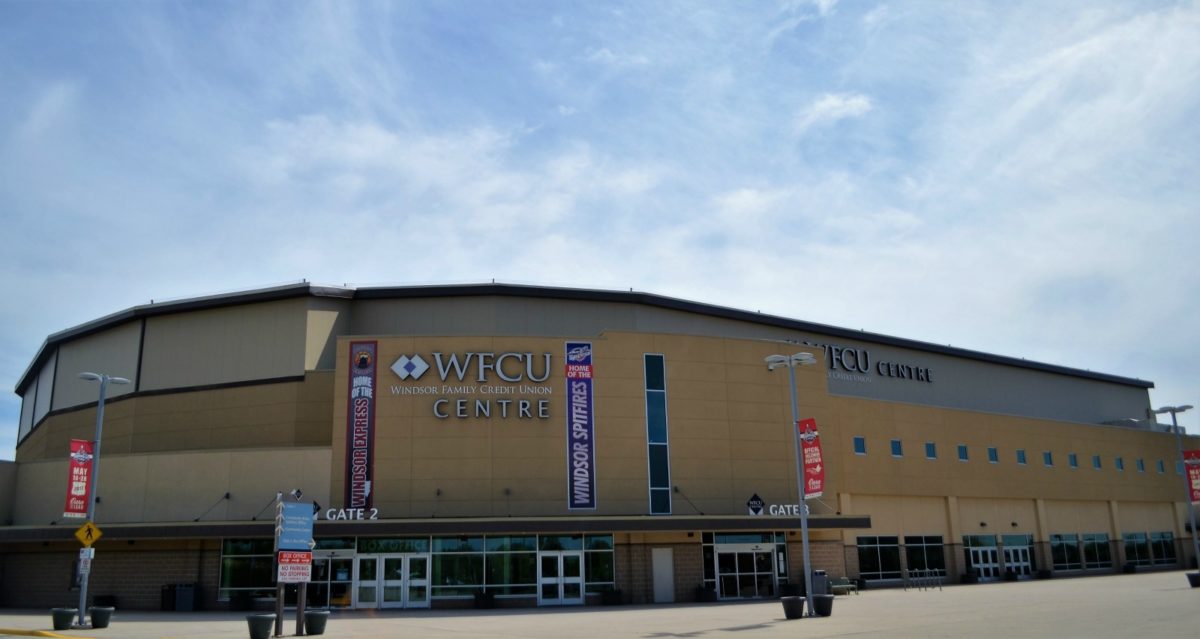
As fans began to head to the WFCU Centre, the news broke — Rychel had pulled off a huge deal with the Peterborough Petes. Here’s how it broke down:
To Spitfires – Kassian
To Petes – forward Austin Watson, Windsor’s second-round pick 2012, Windsor’s second-round pick 2014
How did the pieces work out?
What the Spitfires Got
Kassian was the exact type of player the organization and its fans craved. Born in Windsor, the 6-foot-3, 210-pound winger grew up in the Windsor Jr. Spitfires’ system before he moved onto the Petes. With 111 points and over 260 penalty minutes in 152 games in the OHL prior to the trade, he could really do it all. That was enticing to Rychel and the Spitfires. After the club won the 2009 Memorial Cup, this was a key piece to their repeat attempt.
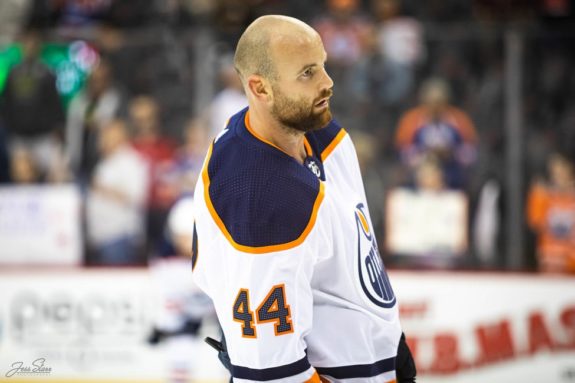
Unfortunately, the initial homecoming didn’t last long. In only his second game with the Spitfires, Kassian earned a five-minute major after hitting Barrie Colts’ forward Matt Kennedy at center ice. Kennedy suffered a concussion and required stitches.
The OHL suspended Kassian for 20 games, so he was only able to play in five regular-season games with the team. He returned for the playoffs, though, scoring 16 points in 19 games en route to the Spitfires’ 2010 Memorial Cup win.
The Buffalo Sabres’ 2009 first-round pick showed his true form in 2010-11 with 77 points in 56 regular-season games, plus another 16 points in 16 playoff games. With heavy graduation following the 2010 Memorial Cup, Kassian was a leader on the team. Unfortunately, the Spitfires fell to the Owen Sound Attack in the OHL’s Western Conference Final, halting their chance for a rare three-peat.
In 2011-12, Kassian moved on to the NHL where he eventually made his way to his current home with the Edmonton Oilers.
What the Petes Got
Just two days shy of his 18th birthday, the rebuilding Petes got a welcomed addition to their forward unit.
Drafted by the Spitfires in the second round in 2008, the 6-foot-4, 205-pound Watson was a budding star in the OHL. With 11 goals and 34 points in 42 games, he had already eclipsed his rookie totals and was just getting started.
The Ann Arbour-native stayed with the Petes and blossomed into a star with 121 points in 110 games. The Nashville Predators took notice and drafted him in the first round in 2010.
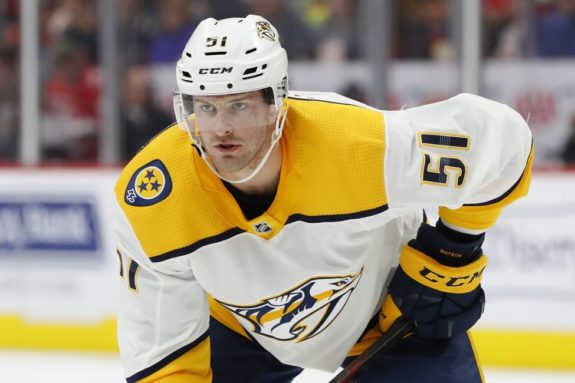
The Predators weren’t the only ones to notice, though, and the Petes traded Watson to the London Knights at the 2011-12 deadline. Dale Hunter’s crew was going for a Memorial Cup run and acquired the winger in exchange for a prospect and three picks. The Knights later won the OHL championship, thanks in part to Watson’s 17 points in 19 games, but lost the Memorial Cup final in overtime to the host Shawinigan Cataractes.
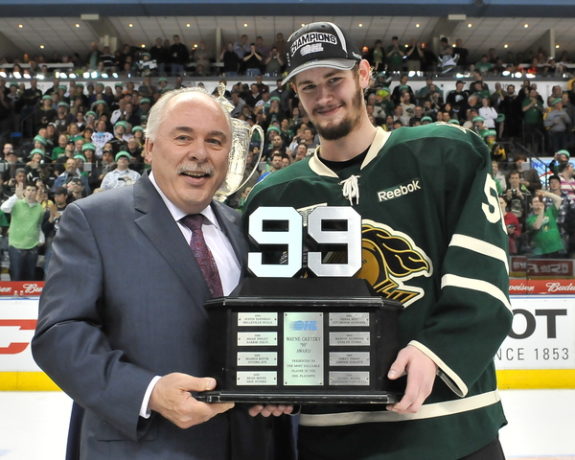
He has since moved onto the pros and is with the Ottawa Senators for 2020-21 after being dealt from the Predators.
Watson wasn’t the only piece that headed to the Petes, though. The second-round pick in 2012 was promptly dealt to the Erie Otters in a package deal that saw former Spitfire forward Andrew Yogan headed to the Petes. The Otters ended up taking forward Kyle Pettit, who became a top-notch leader in their room.
The final pick, a second-round selection in 2014, made its way to the Owen Sound Attack, who drafted winger Will Knierim. He didn’t report, though, and played in the USHL before moving onto NCAA (currently Arizona State University).
Was the Deal Worth Making?
On paper, this is a classic rebuild/contender hockey trade. The Spitfires wanted a repeat while the Petes had the future in mind. However, was the price worth it?
One-for-one is intriguing. Kassian was a talented, local, scrappy player producing at a point-per-game pace. Fans loved him and it was reciprocated. Watson, a year younger, was projected to be a point-per-game guy within a year and had real two-way talent. He also had a large family that was loved by the City of Windsor. It was as close to tit-for-tat as you may see with the only real difference being playing style.
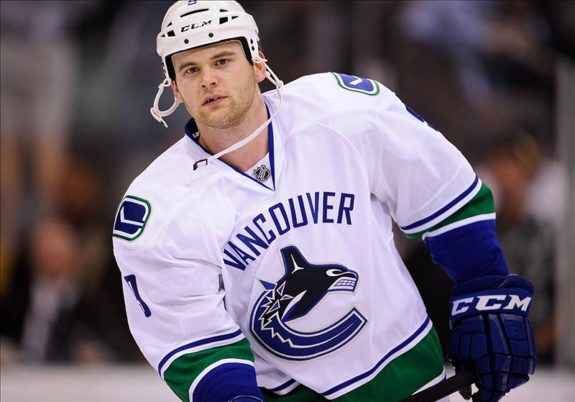
Where it starts to get sketchy is when you add in the two second-round picks. While Rychel managed to recoup those picks before the respective drafts, that was more work than necessary. Plus, out of the three second-round picks in the two drafts (2012 and 2014), only defenceman Patrick Sanvido (2012) turned out. He played for five seasons and was named captain prior to being dealt in 2016.
Failing to capitalize on picks can’t be predicted ahead of time, but it created much more effort than was necessary.
Would the Spitfires have won the 2010 Memorial Cup with Watson instead of Kassian? It’s likely, yes. The team had incredible scoring depth (Taylor Hall, Ryan Ellis, Adam Henrique, Dale Mitchell, etc.) and Kassian finished seventh in team scoring both in the OHL playoffs and Memorial Cup. He was talented but not the “X” factor.
When the dust settled, Kassian brought plenty to the table. However, Watson wasn’t far off and the extra high picks tips this into the “not worth it” category. Rychel was forced to recoup those, which was unnecessary. Despite all of the positives, it was (and still is) a tough trade to swallow.